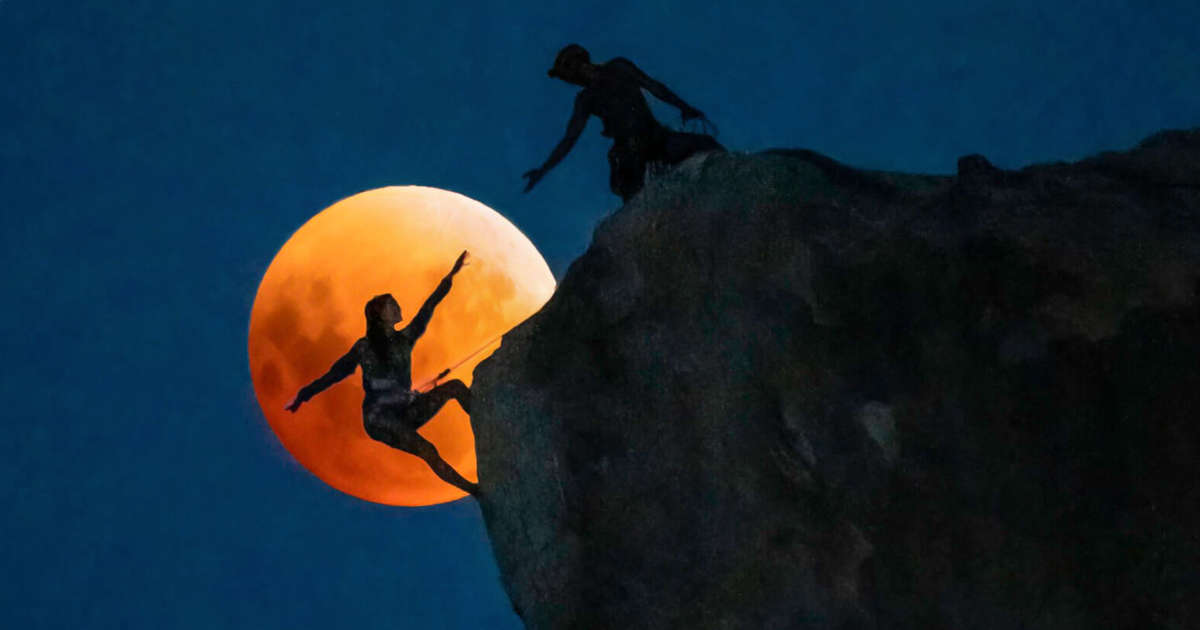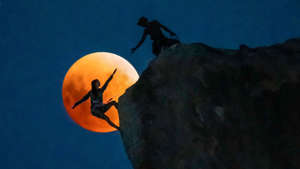[ad_1]
© Chris Olivas
null
DarkSky has announced its fourth annual ‘Capture the Dark’ astrophotography contest to highlight the importance of a dark sky to all living things – and to highlight light pollution.
The anti-light pollution organization – fresh from a re-brand from International Dark-Sky Association – has an International Dark Sky Places program that encourages the protection of dark sites. Many of them are favourites with astrophotographers looking for compositions of the night sky.
Its eight different categories – sponsored by the Utah Office of Tourism – are designed to celebrate the beauty and benefits of natural darkness – and it goes way beyond stargazing and astronomy. The deadline for entries is June 30, 2023.
“The contest is designed to capture the importance of a dark sky to all living things,” says Ruskin Hartley, executive director for DarkSky, which is based in Tucson, Arizona. “As with past contests, the images help educate people about the serious impacts of light pollution and inspire all of us to protect the night sky.
Research published earlier this year in Science as part of the “Globe at Night” Citizen Science Project found that between 2011 and 2022 the brightness of the sky increased by 10.4% per year in North America and 6.5% in Europe.
There’s concern that the stars could be invisible within 20 years, but new categories within the ‘Capture The Dark’ contest aim to showcase examples of good lighting as well as bad. “A lot of people assume dark skies equals stargazing in remote parts of the world, but what we want to introduce the concept of both bad lighting and good quality lighting,” says Ruskin. He adds that although there are many astrophotographers who are skilled at capturing starry skies in dark places, photographing how places are lit is harder. “It’s tough to take a picture of either particularly bad or good lighting and show it up accurately as it as it would look at your eyes,” he says.
Using photography to showcase nature adapted to natural light levels – whether it’s darkness, moonlight, starlight, or badly installed artificial light – is, thinks Ruskin, a continuation of a process that goes back 100 years to the founding of the National Park Service. “It was an intentional strategy in the early days of the NPS all the way through to the current day to have photographers show people places they might have never visited to build a national base of support for protecting these places,” he says.
The contest is free and open to all, and photographers may submit one photo in each of these eight categories:
- Connecting to the Dark – Photos providing perspective and inspiration to reflect our humanity and place within the universe.
- International Dark Sky Places – Photos capturing images from certified International Dark Sky Places.
- The Impact of Light Pollution – Photos demonstrating light pollution’s impact on wildlife, ecosystems, climate, human health and night sky viewing including images of severe lighting and glare bombs.
- The Bright Side of Lighting – Images of lighting using DarkSky’s Principles for Responsible Lighting, showing how outdoor light can be beautiful, healthy and functional.
- Creatures of the Night – Photos showing light pollution’s adverse and deadly effects on wildlife and ecology.
- Deep Sky – Photos capturing deep space objects like nebulae, galaxies, and star clusters.
- The Mobile Photographer – Shots capturing dark sky imagery taken with a camera phone, tablet or GoPro. No DSLR, mirrorless camera or drone shots allowed.
- Youth – Photos representing any of the contest categories taken by someone 17 or younger.
There’s also a People’s Choice award, which will come from a public vote for the best of the winners in the eight contest categories, beginning on July 3.
Winners of each category will receive a prize package that includes feature coverage in DarkSky’s Nightscape publication, blog and social media posts, plus a DarkSky membership and swag. The People’s Choice award winner will receive a prize package including a $250 B&H gift card. All winning photos will also be featured in a special DarkSky exhibit in the Shanghai Astronomy Museum in late 2023.
Read more:
Astrophotography: How-to guides, tips and videos
Astrophotography tools: the best camera, lenses and gear
The best lenses for astrophotography
The best star tracker camera mounts
Best equatorial mounts
Best deep-space telescopes
The best light pollution filters
The best CCD cameras for astrophotography
The best spotting scopes
The best binoculars
The best microscopes
[ad_2]

